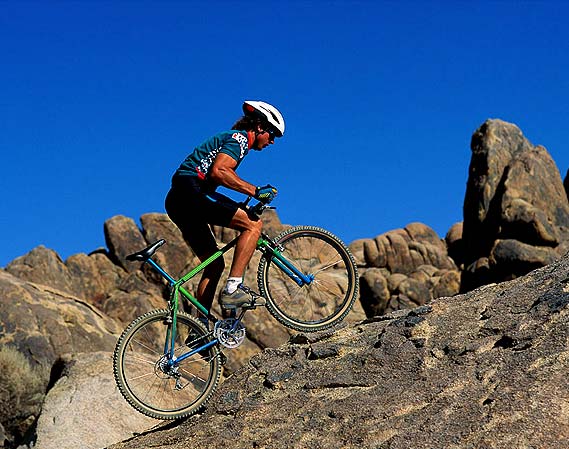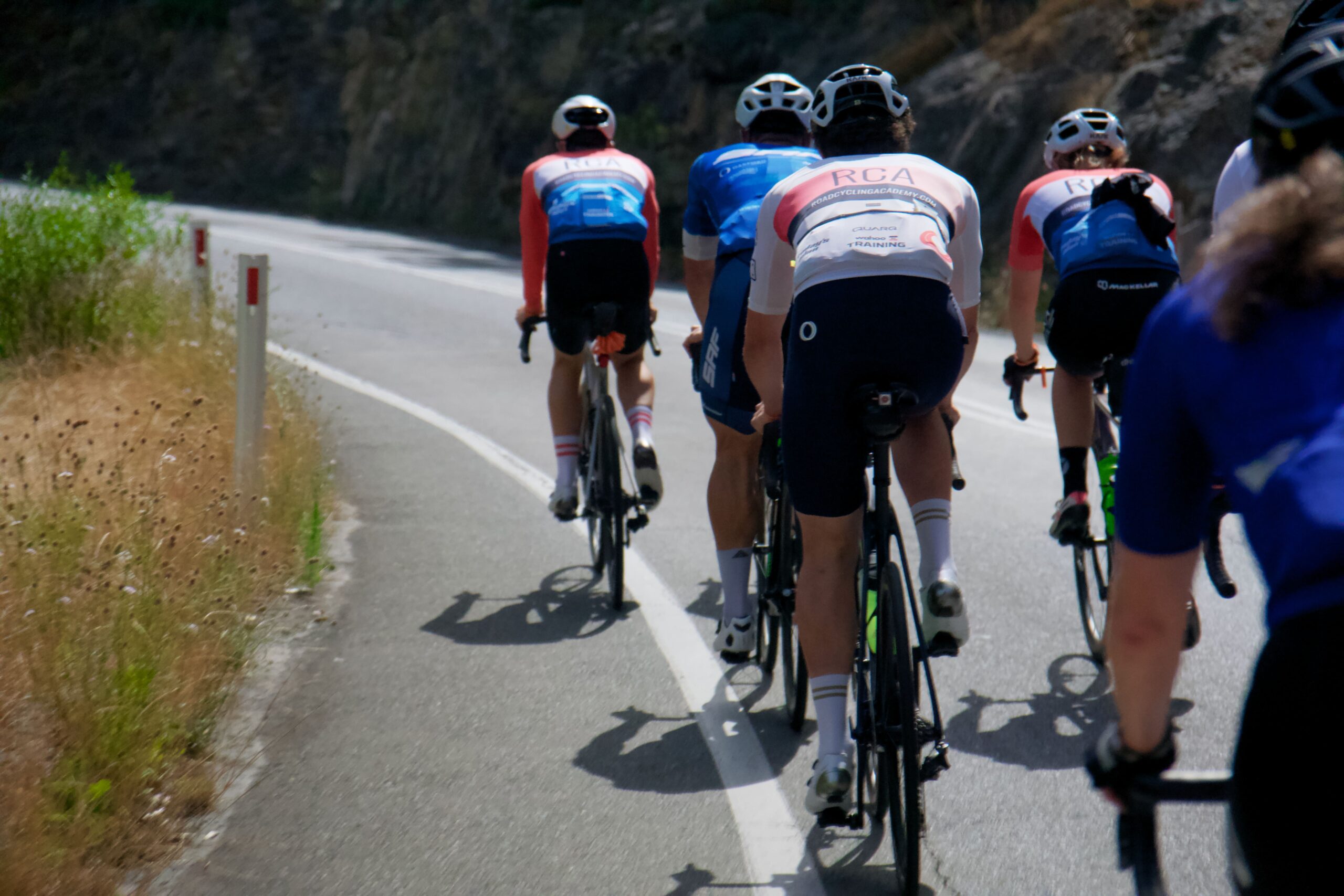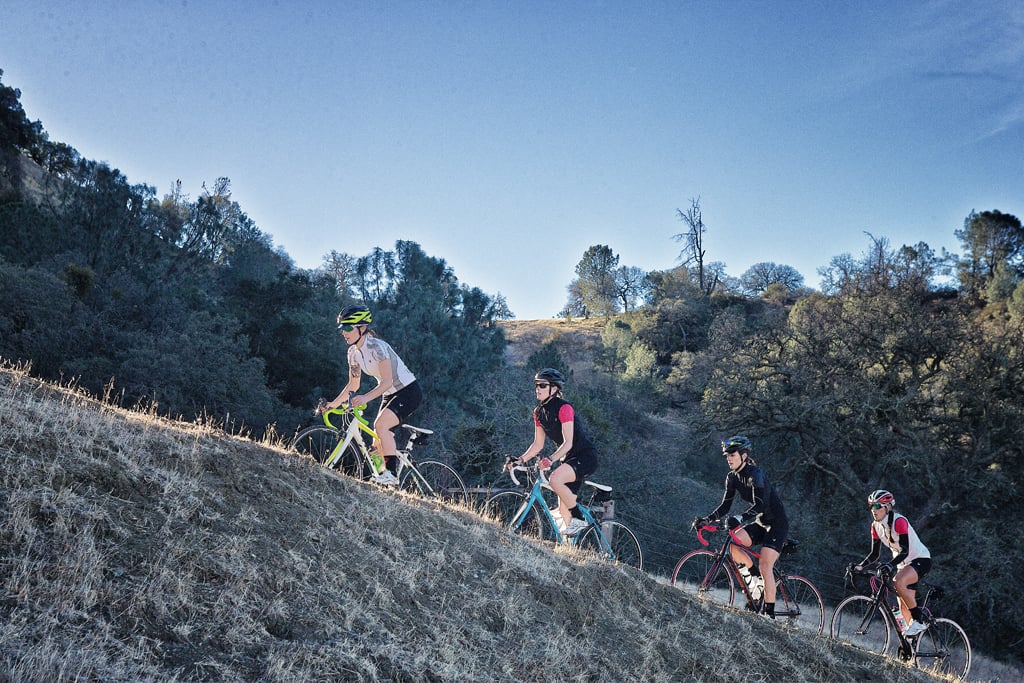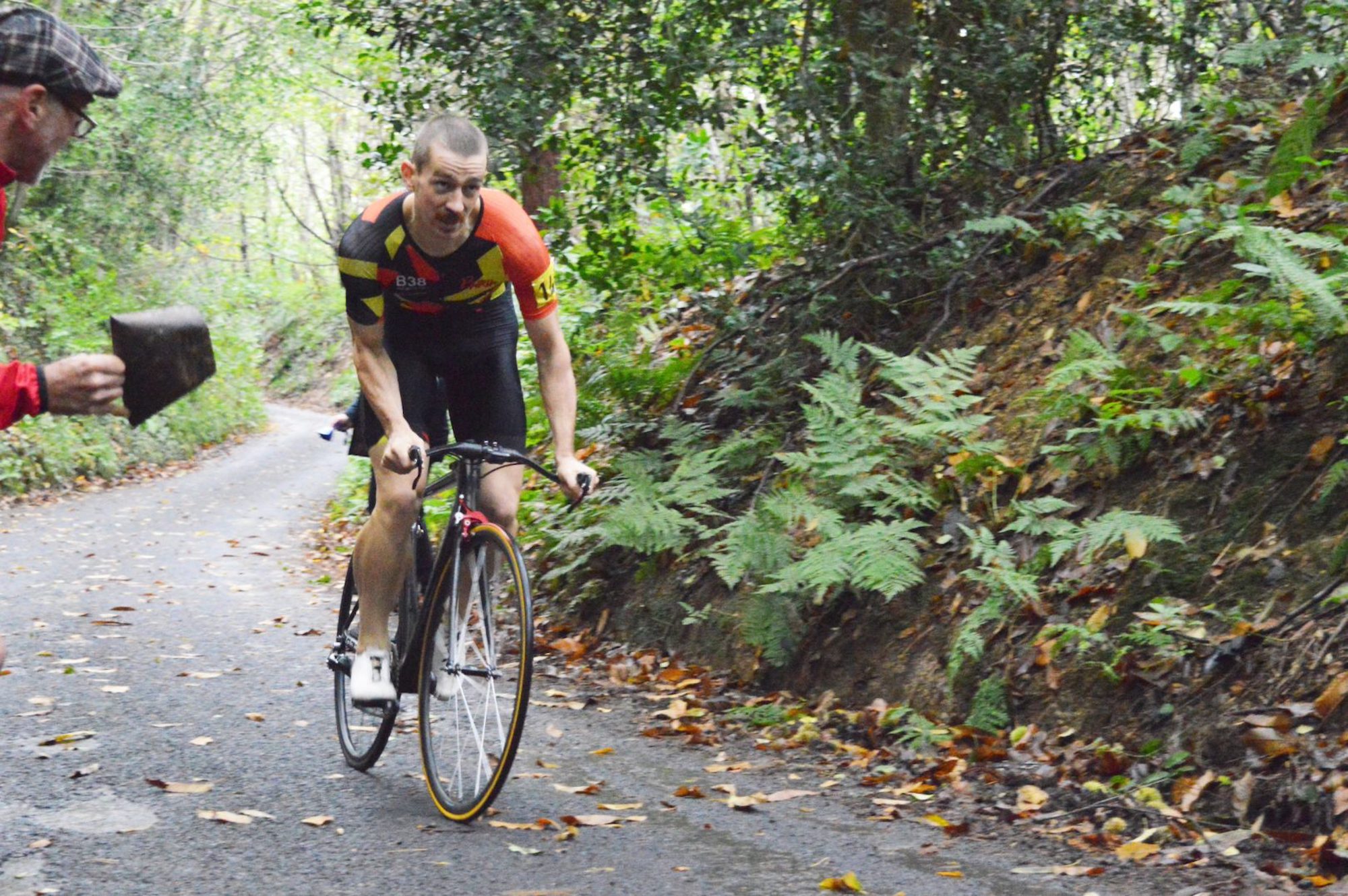The Physical and Mental Challenges of Cycling Uphill
Cycling up a hill is a physically demanding activity that requires a combination of strength, endurance, and cardiovascular fitness. When cycling up a hill, the muscles in the legs, particularly the quadriceps, hamstrings, and glutes, are subjected to intense stress. The constant need to pedal and push against the resistance of the hill can lead to fatigue, cramping, and exhaustion. Furthermore, the cardiovascular system is also put to the test, as the heart rate increases to deliver oxygen and nutrients to the muscles.
In addition to the physical demands, cycling up a hill also presents mental challenges. Fear, anxiety, and self-doubt can creep in, making it difficult for riders to maintain their confidence and composure. The thought of tackling a long, steep hill can be intimidating, and the pressure to perform can be overwhelming. However, with the right mindset and preparation, cyclists can overcome these mental barriers and reach new heights – literally. By building leg strength, endurance, and cardiovascular fitness, and by developing mental toughness and confidence, riders can conquer even the most daunting hills.
Choosing the Right Gear: Optimizing Your Bike for Hill Climbing
When it comes to cycling up a hill, having the right gear can make all the difference. A well-equipped bike can help riders tackle steep inclines with ease, while a poorly equipped bike can leave them struggling to make progress. One of the most critical components of a hill-climbing bike is the crankset. A compact crankset, such as Shimano Ultegra or SRAM Red, provides a lower gear ratio, making it easier to pedal and maintain momentum on steep hills.
In addition to a compact crankset, a wide-range cassette is also essential for hill climbing. A cassette with a wide range of gears allows riders to adjust their pedaling to suit the terrain, making it easier to tackle varying gradients and inclines. Specialized tires, such as those with a aggressive tread pattern, can also provide improved traction and control on steep and slippery hills.
By investing in the right gear, riders can optimize their bike for hill climbing and improve their overall performance. Whether you’re a seasoned pro or a beginner, having the right equipment can give you the confidence and ability to tackle even the most daunting hills. So, don’t be afraid to invest in your bike and take your hill-climbing skills to the next level.
Proper Technique: How to Cycle Uphill Efficiently and Safely
When cycling up a hill, proper technique is crucial for efficiency, safety, and overall performance. One of the most important aspects of hill climbing technique is maintaining a steady pace. This can be achieved by finding a comfortable gear and cadence, and then sticking to it. Avoid sudden surges of speed, as these can lead to exhaustion and loss of momentum.
Another key element of proper technique is using body weight to generate power. By shifting your weight forward and backward, you can use your body’s momentum to help propel the bike uphill. This technique is especially useful on steep hills, where every bit of extra power counts.
Navigating tight corners and switchbacks is also an essential skill for hill climbers. To do this safely and efficiently, riders should slow down before entering the turn, and then accelerate smoothly out of it. This helps to maintain control and avoid losing momentum.
Additionally, riders should always keep their weight centered over the bike, with their knees bent and their back straight. This helps to maintain balance and stability, even on the steepest and most treacherous hills. By mastering these techniques, riders can cycle up a hill with confidence and efficiency, and take their hill climbing skills to the next level.
Training for Hill Climbing: Building Strength and Endurance
To become proficient at cycling up a hill, it’s essential to develop a well-rounded training plan that targets strength, endurance, and cardiovascular fitness. A strong foundation in these areas will help riders tackle even the most daunting hills with confidence and efficiency.
One of the most effective ways to build strength for hill climbing is through exercises that target the legs, such as squats, lunges, and leg press. These exercises help to develop the power and endurance needed to push through steep inclines. Additionally, incorporating interval training into your workout routine can help to improve cardiovascular fitness and increase overall endurance.
Hill repeats are another valuable training tool for hill climbers. This involves riding up a hill at maximum intensity, then recovering by riding back down and repeating the process. This type of training helps to build explosive power and endurance, making it easier to tackle long and steep hills.
A well-structured training plan should also include rest days and active recovery, such as easy spinning or cross-training. This allows the body to recover and rebuild, making it stronger and more resilient over time. By incorporating these training techniques into your routine, riders can develop the strength, endurance, and cardiovascular fitness needed to conquer even the toughest hills.
Remember, the key to successful hill climbing is consistency and patience. With a well-structured training plan and a commitment to regular riding, anyone can develop the skills and fitness needed to tackle even the most challenging hills. So, get out there and start training – the top of the hill is waiting!
How to Pace Yourself: Strategies for Conquering Long and Steep Hills
When cycling up a hill, pacing yourself is crucial for success. A well-planned strategy can help riders conserve energy, maintain momentum, and reach the top of even the longest and steepest hills. One effective approach is to break down the climb into manageable sections, focusing on one segment at a time. This helps to mentally prepare for the challenge ahead and avoid feeling overwhelmed.
Using rest periods is another key strategy for pacing yourself when cycling up a hill. By taking regular breaks to recover and recharge, riders can maintain a consistent pace and avoid exhaustion. This is especially important on long climbs, where fatigue can quickly set in. By incorporating rest periods into your strategy, you can stay fresh and focused throughout the climb.
Maintaining a consistent cadence is also essential for pacing yourself when cycling up a hill. This involves finding a comfortable gear and pedaling rhythm, and then sticking to it. By doing so, riders can conserve energy, maintain momentum, and make steady progress up the hill. A consistent cadence also helps to reduce fatigue and prevent burnout, making it easier to reach the top of even the toughest hills.
Additionally, riders should focus on their breathing and pedaling technique to optimize their pacing strategy. By taking deep breaths and pedaling in a smooth, circular motion, riders can generate more power and efficiency, making it easier to cycle up a hill. By combining these strategies, riders can develop a pacing plan that helps them conquer even the most daunting hills with confidence and efficiency.
Overcoming Fear and Building Confidence: Mental Preparation for Hill Climbing
When it comes to cycling up a hill, mental preparation is just as important as physical training. Fear and self-doubt can be major obstacles to overcome, but with the right mindset, riders can build confidence and tackle even the toughest hills. One effective technique for overcoming fear is visualization. By imagining themselves successfully cycling up a hill, riders can build mental toughness and prepare themselves for the challenge ahead.
Positive self-talk is another powerful tool for building confidence when cycling up a hill. By focusing on positive affirmations and encouragement, riders can overcome negative thoughts and stay motivated. This can be especially helpful when faced with steep or technical sections of the climb. By staying positive and focused, riders can push through challenging moments and reach the top of the hill.
Gradual exposure to increasingly challenging terrain is also an effective way to build confidence when cycling up a hill. By starting with smaller hills and gradually working up to more challenging climbs, riders can build their skills and confidence in a controlled and manageable way. This approach helps to reduce fear and anxiety, allowing riders to focus on their technique and enjoy the ride.
Additionally, riders can benefit from mental preparation techniques such as mindfulness and breathing exercises. By staying present and focused in the moment, riders can reduce anxiety and stay calm under pressure. This can be especially helpful when navigating technical sections of the climb or overcoming obstacles such as steep gradients or rough terrain.
By incorporating these mental preparation techniques into their training, riders can build the confidence and mental toughness needed to conquer even the toughest hills. With a strong mindset and a solid training plan, riders can overcome fear and self-doubt, and reach new heights in their cycling abilities.
Staying Safe: Essential Safety Tips for Cycling Uphill
When cycling up a hill, safety should always be a top priority. With the right precautions and mindset, riders can minimize risks and enjoy a safe and successful climb. One essential safety tip is to navigate traffic carefully, especially when cycling on busy roads or highways. This includes following traffic laws, using designated bike lanes, and being aware of surrounding vehicles.
Proper safety gear is also crucial when cycling up a hill. This includes wearing a helmet, gloves, and reflective clothing to increase visibility. Additionally, riders should ensure their bike is in good working condition, with properly inflated tires, functioning brakes, and a secure chain.
Staying alert and focused is another key aspect of safe cycling up a hill. This includes being aware of the road surface, weather conditions, and potential hazards such as potholes, rocks, and debris. Riders should also avoid distractions such as using their phone or listening to music while cycling.
Furthermore, riders should be mindful of their physical limitations and take regular breaks to rest and rehydrate. This is especially important on long and steep hills, where fatigue can quickly set in. By prioritizing safety and taking necessary precautions, riders can minimize risks and enjoy a successful and enjoyable cycling experience.
By following these essential safety tips, riders can confidently tackle even the toughest hills and enjoy the many rewards of cycling up a hill. Whether you’re a seasoned cyclist or just starting out, safety should always be your top priority.
Conclusion: Mastering the Art of Hill Climbing
Mastering the art of cycling up a hill requires a combination of physical training, mental preparation, and proper technique. By building leg strength, endurance, and cardiovascular fitness, riders can tackle even the toughest hills with confidence. Additionally, having the right gear, proper technique, and a well-planned training program can make all the difference in achieving success.
Moreover, overcoming fear and building confidence through mental preparation and gradual exposure to increasingly challenging terrain can help riders push past their limits and reach new heights. By incorporating essential safety tips into their ride, riders can minimize risks and enjoy a safe and successful cycling experience.
By following the tips and strategies outlined in this article, riders can conquer even the steepest terrain and experience the many rewards of cycling up a hill. Whether you’re a seasoned cyclist or just starting out, the sense of accomplishment and pride that comes from mastering the art of hill climbing is unparalleled.
So, get out there and start cycling up a hill today With dedication, perseverance, and the right approach, you can overcome any obstacle and reach the top of even the toughest hills.







